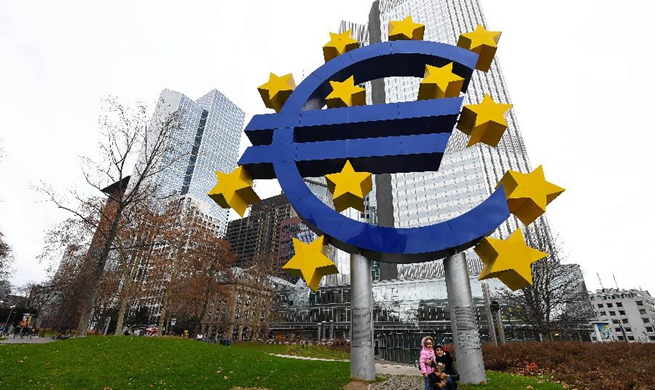BEIJING, Aug. 5 (Xinhua) -- China's central bank reiterated on Monday that it is confident in its capability of keeping the yuan's exchange rate basically stable.
The People's Bank of China (PBOC) attributed the weakening of the currency beyond 7 yuan per U.S. dollar on Monday to factors including unilateral and protectionist measures, as well as the expectation of additional tariffs on Chinese goods.
Despite recent weakening, the yuan has strengthened 20 percent against the dollar over the past two decades, the strongest among major currencies in the world, the PBOC said in a statement.
The yuan remained basically stable and strong against a basket of currencies, with the China Foreign Exchange Trade System yuan exchange rate composite index up 0.3 percent since the beginning of the year.
Although the yuan's central parity rate had weakened about 0.53 percent against the dollar this year by Friday, its depreciation was much smaller than those of the Korean won, the Argentine peso and the Turkish lira.
"The PBOC has the experience, confidence and capability necessary to keep the yuan's exchange rate basically stable at a reasonable and balanced level," the statement said.
The yuan exchange rate is determined by long-term economic fundamentals, although it is affected by the market supply and demand as well as the dollar's movement in the short term.
From the macro perspective, the yuan's exchange rate is buoyed by the country's sound fundamentals, strong economic resilience, stable fiscal position, controllable financial risks, balanced cross-border capital movement and sufficient foreign exchange reserves.
The central bank said China is likely to become a hot spot for global capital, as the country is the only major economy that keeps normal monetary policy while many developed economies have loosened their monetary policies.
The bank has accumulated considerable experience and policy tools in coping with exchange rate fluctuations, and will continue to innovate and improve its toolkit, crack down on short-term speculation and stabilize market expectations in the future, according to the statement.
















